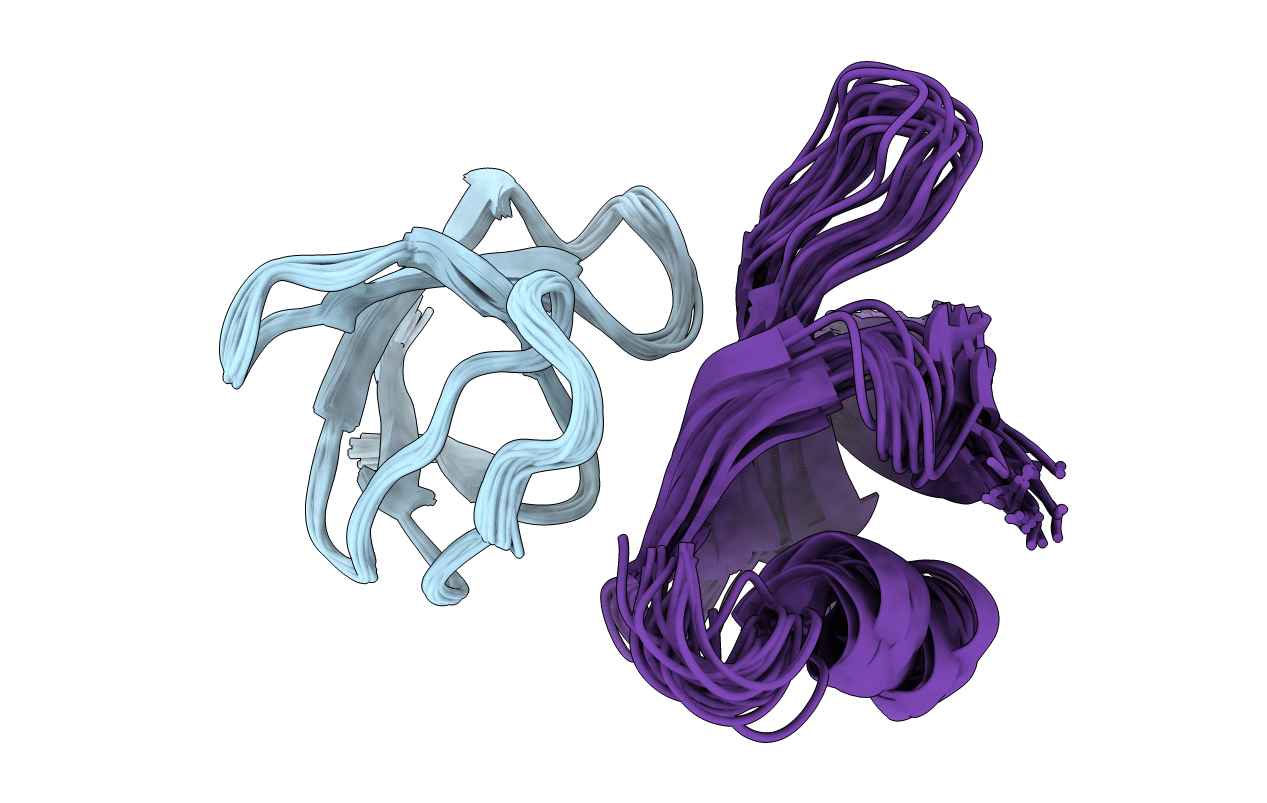
Deposition Date
2018-02-09
Release Date
2019-09-11
Last Version Date
2024-05-15
Entry Detail
Biological Source:
Source Organism:
Homo sapiens (Taxon ID: 9606)
Sulfolobus solfataricus (Taxon ID: 2287)
Sulfolobus solfataricus (Taxon ID: 2287)
Host Organism:
Method Details:
Experimental Method:
Conformers Calculated:
200
Conformers Submitted:
20
Selection Criteria:
structures with the lowest energy


